How do we know that it’s cancer after a CT scan shows a lung abnormality?
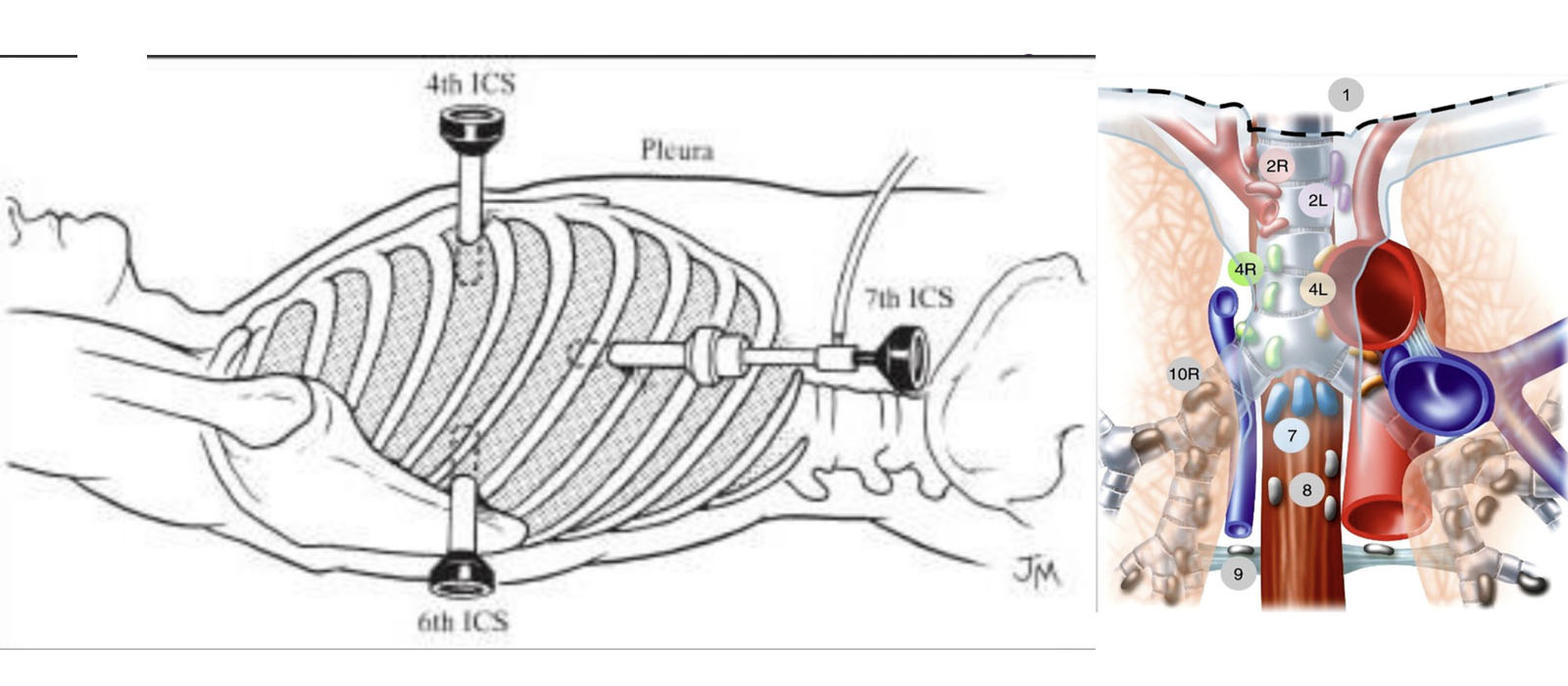
A biopsy may be necessary if there is a lung nodule. The approach depends on the location of the suspected tumour. If the tumour is central, then it can be biopsied by bronchoscopy. If the tumour is peripheral, then a CT-guided biopsy may be needed.
Upon referral to a thoracic surgeon, their surgical decision-making will involve making a diagnosis to see if there is metastasis, whether the cancer has spread to other organs. This will aid the surgeon in determining the patient’s stage of lung cancer, and proceed to consider his or her fitness for surgery. Next, the surgeon will determine if the cancer can be removed with a minimally invasive technique known as Video Assisted Thoracic Surgery (VATS).
Minimally invasive lung surgery
VATS is used to remove tumours through small and minimally-invasive incisions, instead of a normal large incision (called a thoracotomy). Patients undergoing this procedure benefit from a shorter hospital stay and early mobilisation.
Mediastinoscopy
One of the surgical techniques employed may be a mediastinoscopy, which is a surgical procedure to determine if cancer has spread to the mediastinal lymph nodes. The procedure is about 30 minutes long under general anaesthesia. After the procedure, the patient will require an overnight stay at the hospital.
Endobronchial Ultrasound
A newer and less invasive technique is Endobronchial Ultrasound. This procedure uses a bronchoscope with ultrasound to biopsy the mediastinal lymph nodes to determine if there is spread. This is a short-stay procedure, done under sedation but requires considerable expertise.
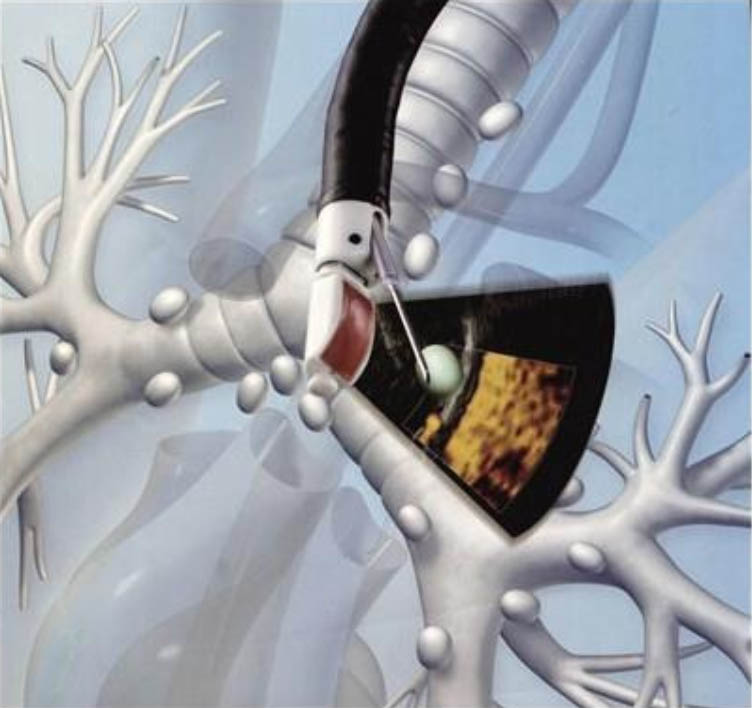
Fitness for Operation
To determine a patient’s fitness for operation, the surgeon will conduct a physical examination and note the patient’s history. Other tests include lung function tests
and cardiac investigations, such as an echocardiography and stress tests. Certain patients may also require exercise testing.

Treatment of Lung Cancer
For early stages 1 and 2 of lung cancer, surgery is generally offered as the first line of treatment.
Stage 2 patients will require adjuvant chemotherapy.
Stage 3A patients may receive chemotherapy to downstage, followed by surgery
Stage 3B and 4 patients will require chemotherapy and/or radiotherapy.
The latest developments in molecular studies in particular EGFR mutation show that adjuvant targeted therapy is beneficial.
Video-Assisted Thoracic Surgery (Keyhole Surgery)
Video-Assisted Thoracic Surgery (Keyhole Surgery) has transformed the surgical approach to lung cancer surgery. Through the use of long, narrow instruments and video equipment, lung cancers can be removed using a minimally invasive approach. This minimises pain for early mobilisation and early discharge.
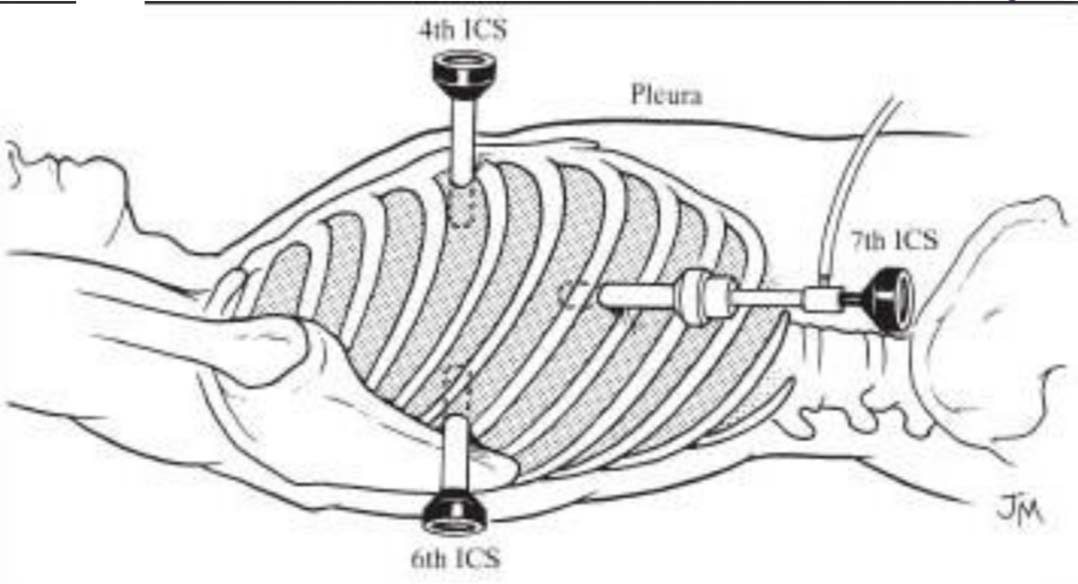
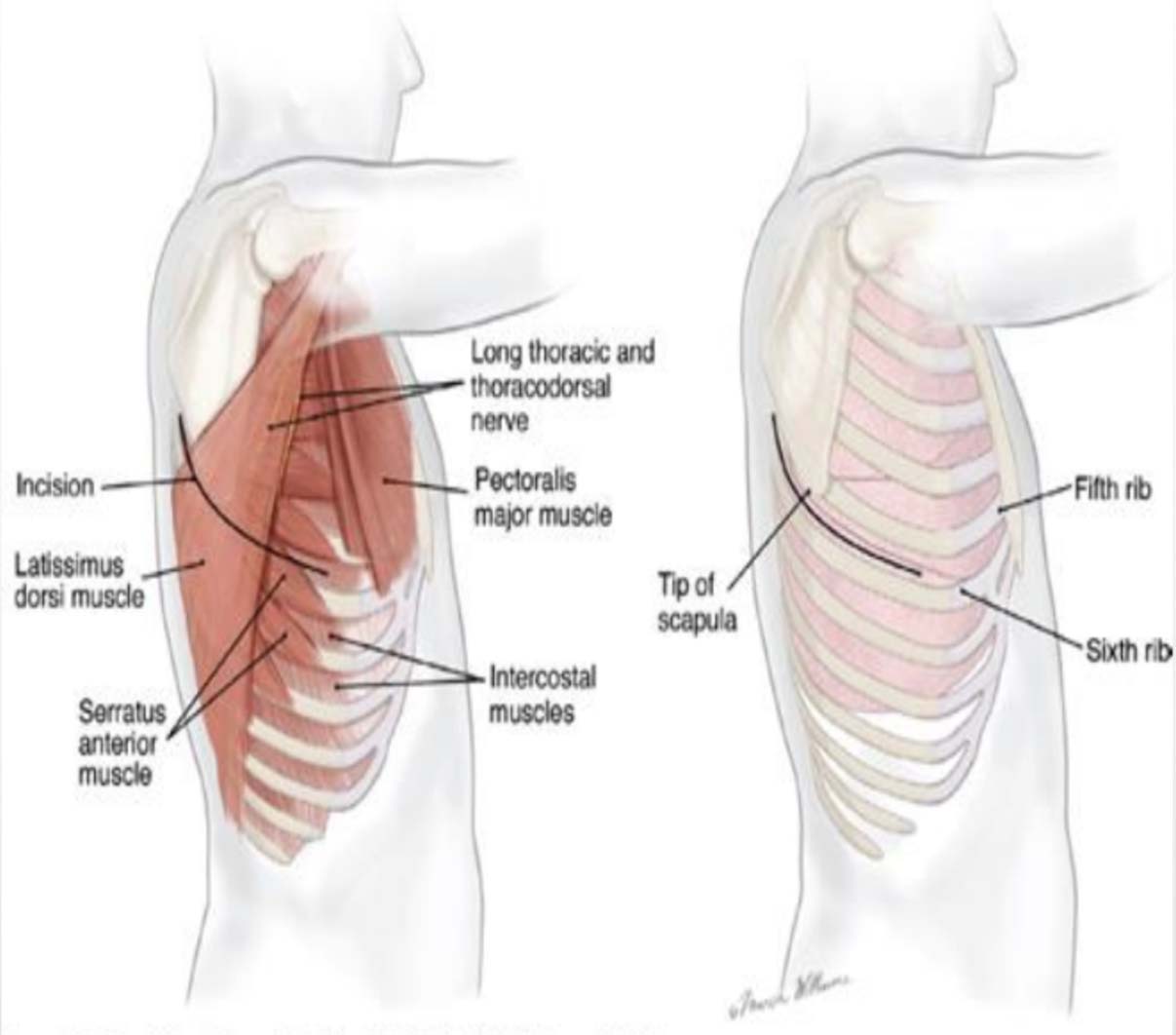
EGFR and Tyrosine Kinase
Developments in molecular studies have shown that some lung cancers spread by known mechanisms. In particular, the two factors of epidermal growth factor receptor (EGFR) and tyrosine kinase form a “key and lock” mechanism which controls cell proliferation, invasion, angiogenesis, metastasis, and a resistance to apoptosis.

Uncontrolled EGFR production causes the cancer cell to proliferate and spread. By targeting the tyrosine kinase, cancer spread is controlled, shown in trials with advanced cancer.
By using tyrosine kinase inhibitors (TKI), we can control the spread of EGFR mutated cancers.
The Adaura Trial
The Adaura Trial Involved 682 patients with lung cancer. All patients had possessed adenocarcinoma cancer with EGFR mutation.
All were randomised to either receive Osimertinib (TAGRISSO) or a placebo drug. After 48 months, the study showed that patients with Stage 2 to 3A disease placed on Osimertinib had experienced significant benefits, as shown:
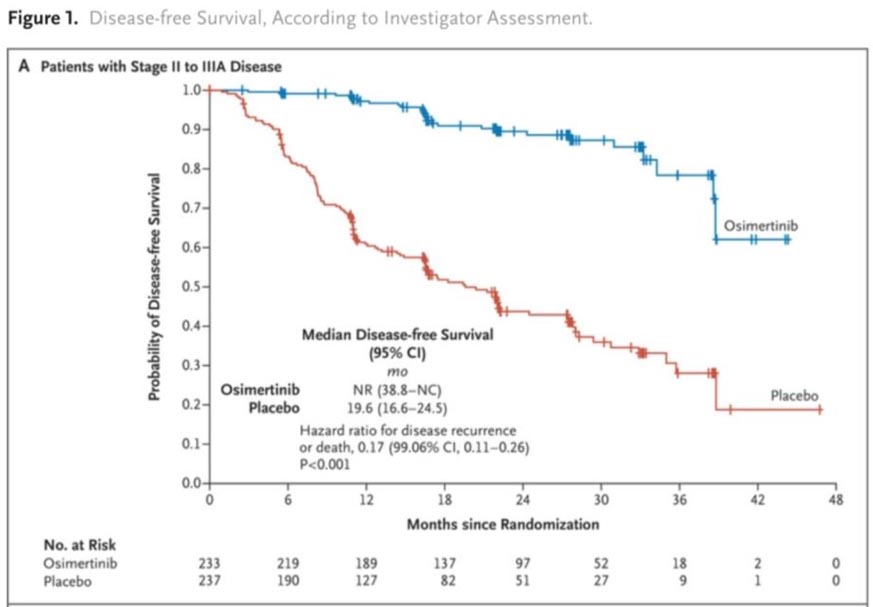
The trial also revealed that patients with Stage 1B to 3A disease placed on Osimertinib had experienced significant benefit.


Summary
For early-stage lung cancer stage 1-3A, seek combined opinions of medical oncologists, thoracic surgeons and radiation oncologists in a tumour board setting.
Video-assisted thoracic surgery lessens morbidities for surgery in early-stage lung cancers.
Adjuvant tyrosine kinase inhibitors is recommended for stage 1B (tumour size 3-4cm) (T2N0) in EGFR mutation adenocarcinomas.
Stages 2-3A surgery + TKI + chemotherapy for EGFR mutation adenocarcinomas.
With more research into cancer biology, more drugs will be available with better outcomes.


